The art of seeing good things requires the art of seeing well.

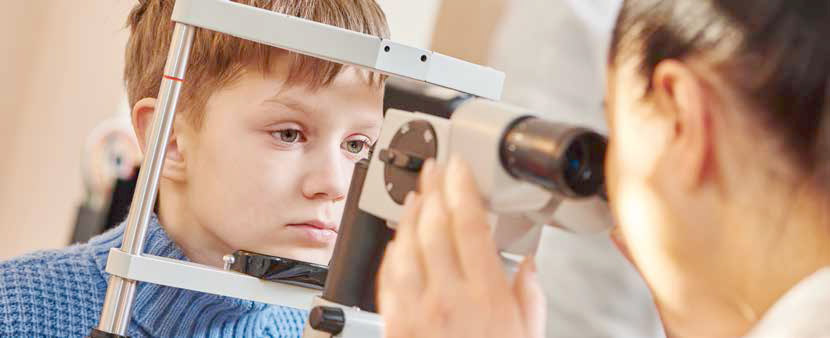
About 200 babies in Germany are born with a cataract every year. In order for these babies to learn how to see, they need very early surgery and optical aids. Contact lenses are usually the best optical care for lens-less (aphakic) babies. We fit babies with contact lenses.
There are a number of reasons why myopia appears in more and more children at an increasingly younger age. In order to prevent this development several optical and medical procedures have been developed. Special contact lenses can effectively slow down the progression of this disease.


Children are always on the move: they rollick about, they run, they climb… and they love trying different sports. If they wear glasses doing this, the glasses can get in the way. Contact lenses give children more freedom to move.
By means of specially shaped lenses an attempt is made to reduce or heal nearsightedness during one’s sleep. Afterwards life without glasses or contact lenses is sometimes possible.


About 65% of the population in Germany are ametropic. 25 – 30% of those are farsighted. With farsighted people the eye has grown abnormally short. Clear-sightedness is achieved by means of so-called Plus-Glasses (enlarging) or respective contact lenses.
About 65% of the population in Germany are ametropic. 35 – 45% of those are nearsighted (depending on age, ethnic background etc.). With nearsighted people the eye has grown abnormally long. Clear-sightedness is achieved by means of so called Minus-Glasses (making smaller) or respective contact lenses.


20% of ametropic people in Germany suffer from astigmatism. This affects both near- and farsighted people. It means the eye’s cornea has two different dioptres. So-called cylindrical or toric eyeglass lenses can correct the astigmatism. This can also be achieved with contact lenses.
The power of the eye lens declines during the middle years of one’s life. Varifocal or reading glasses are required for reading. But glasses are not the only solution. We offer individual consultations for varifocal contact lenses.
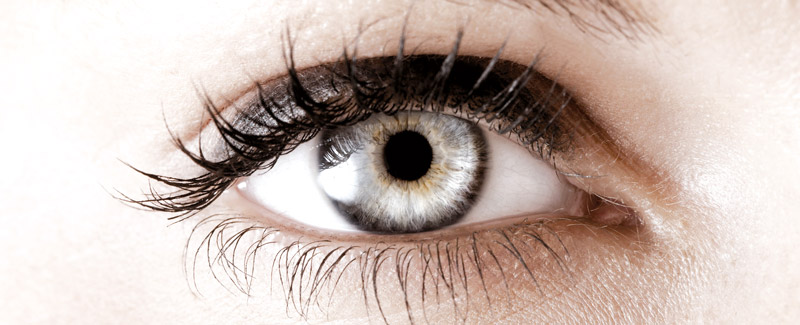
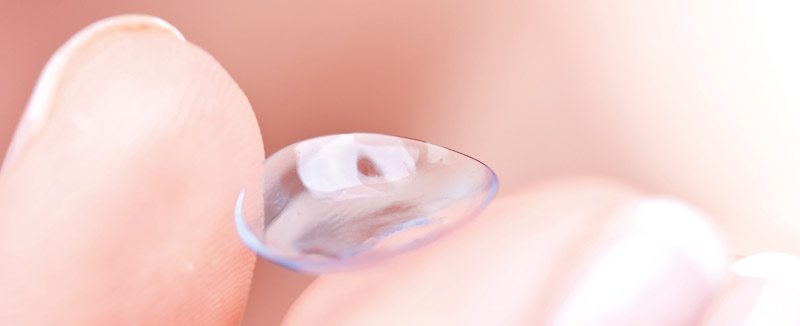
1 in 2000 to 3000 people develops a rare cornea disease during young adulthood called keratoconus. Special, dimensionally stable contact lenses help to bring back clear-sightedness. We supply many people suffering from keratoconus with contact lenses every day.
Soft contact lenses are for people who either suffer from an intolerance to dimensionally stable contact lenses or wish to wear contact lenses only temporarily.

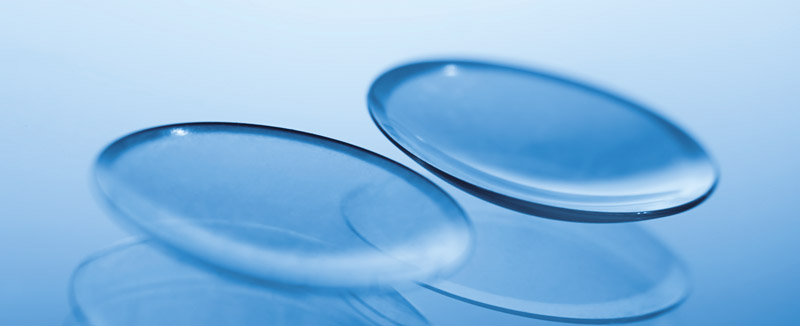
Our updated brochure contains all relevant advice regarding the handling and care of soft contact lenses.
Dimensionally stable contact lenses are for people who wear contact lenses and and do so for many hours every day.

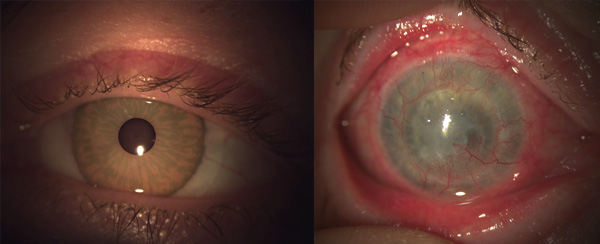
Our new brochure contains all relevant advice regarding the handling and care of dimensionally stable contact lenses.
Iris lenses are soft contact lenses, which imitate the iris. The lenses are used to conceal accidental damages such as iris damages.

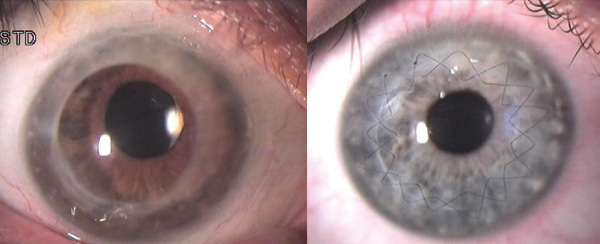
Many people have their dioptres surgically removed during the course of their lives. In some cases the surgical success is not sustainable and glasses or contact lenses are needed again. We have experiences with post-surgery eyes and can advice you on contact lenses.
In most cases, when a cornea has been transplanted and thestitches have been removed, a contact lens is needed to ensure good vision. We have a lot of experience with these sophisticated contact lenses.


Scleral lenses are very large, dimensionally stable lenses, which ensure good eye-sight in case of certain medical indications (extreme dryness or irregular corneas)
Sport is very demanding for the eyes. After out initial examination we can advise you on which particular lenses are best suited for your needs given your ametropia.


Day-and-Night contact lenses are soft lenses made from highly oxygen-permeable material. In fact the material is so permeable that the medical authorities have licensed these lenses to be worn during the day and at night.
In case of some eye diseases the eye lens is removed. When an intraocular lens cannot be implanted, we provide patients with special aphakia contact lenses, as this tends to work much better than any correction achieved by means of glasses.
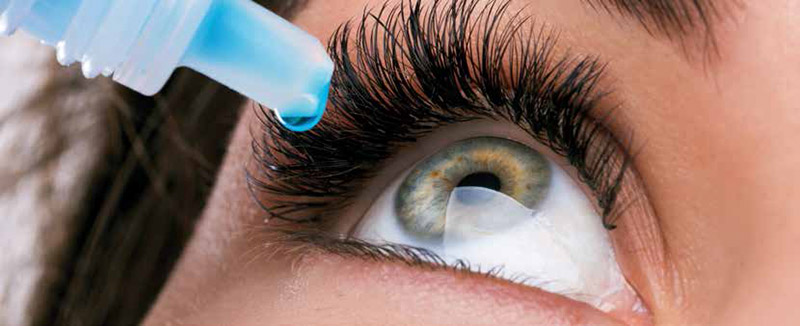

20% of all people suffer from dry eyes, no matter whether they wear glasses, contact lenses or no visual aids at all. If you want to know more, please read our brochure.
During a pregnancy a woman’s entire body changes because of the hormonal adjustment. This can affect the eyes as well.


An allergy is an overreaction of the immune system. More and more people suffer from it. Very often the eye’s mucous membranes are affected as well. In this case the wearing-comfort of contact lenses is limited.
Contact lenses show eyes more to their advantage than glasses do. Putting on make-up is very popular. We have summed up everything you need to know about cosmetics for your eyes in this pdf.
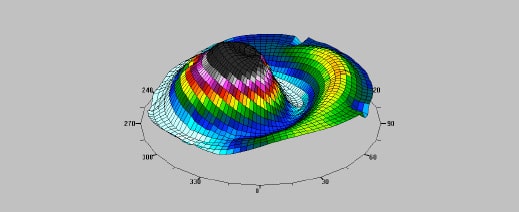
KERATOCONUS SUMMARY DIPLOMA THESIS 2004
Theme:
Life difficulty and life design of people with the visual impairment keratoconus.

